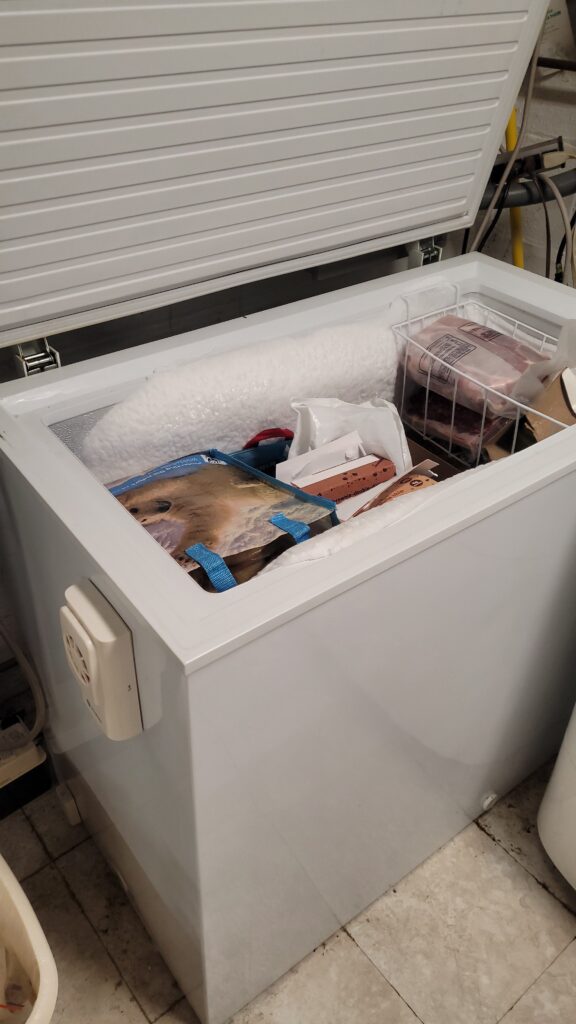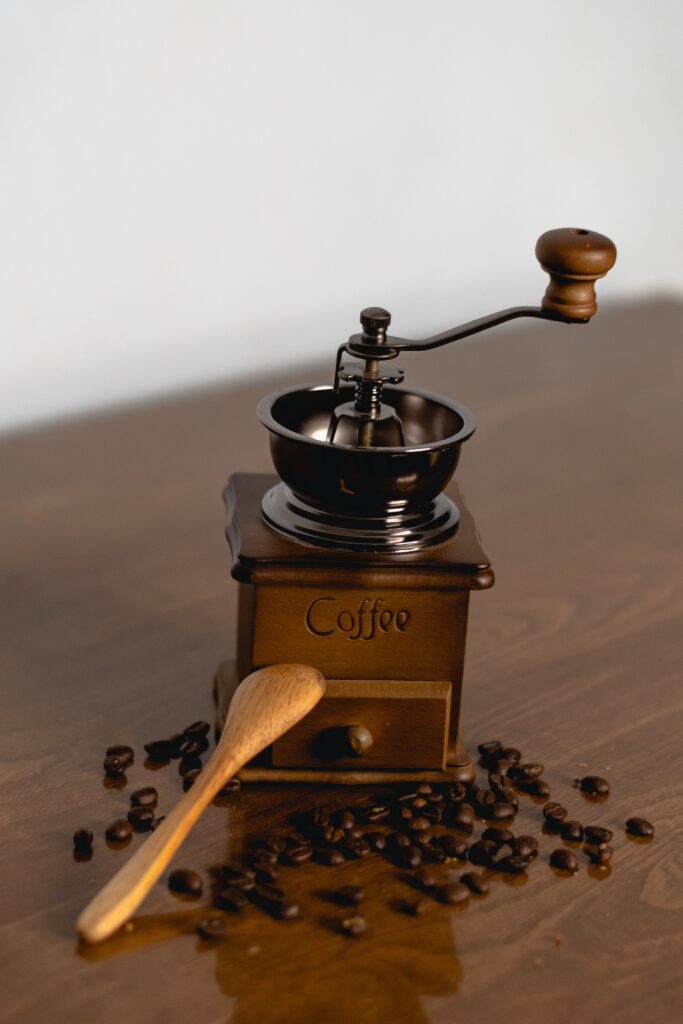Freshness is key to a great cup of coffee. That’s why Celtic Cup doesn’t prepackage large amounts of roasted beans. To get your beans to you at their freshest, we prefer the roast-to-order model.
Roasted coffee is a delicate product. If you want to get the best from your coffee, you must take proper care of it. To start, it should always be kept in a dry, room temperature area.
Resting

For about the first 48 hours after roasting, your coffee will be releasing a fair amount of carbon dioxide gas (CO2). During this time, it is best to leave it in the tin tie bags we pack it in at room temperature. Tin tie bags allow the coffee to release CO2 naturally. This is known as resting the coffee.
It is best not to use the coffee until the rest period has passed. The excess CO2 can wreak havoc with many brewing techniques. As a bonus, the rest period also allows time for the full flavor of the roasted coffee to develop.
Storing

After the first 48 hours, the release of CO2 will have slowed significantly. It’s now time to protect your coffee from its biggest foes: oxygen and light. The best storage for your coffee is an opaque, airtight container with very little open space (open space contains air, which contains oxygen). Again, it should be in a room temperature area.
Freezing

Should you? The short answer is “probably not.” However, if you need to store your coffee for an extended time, it may benefit from freezing. You must do it correctly, though.
For more information on freezing roasted coffee, see the freezing page.
Grinding

For the purpose of freshness, the most important thing about grinding coffee beans is that it greatly increases their exposed surface area, leaving the ground coffee far more vulnerable to staling from oxygen (oxidation). Grinding should only be done immediately before brewing.
For more information on grinding, please visit the grinding page.

